The festival symbolises the first day of the Hindu calendar which is supposed to bring in lots of joy to families. It marks the beginning of the 'Vasantha Ruthu' during which time trees like Mango and other fruits shed their old leaves and make way for the new budding leaves to bloom.
Officially the Hindu calendar calls this festival as Chandramana Ugadi or Lunar Ugadi which means that the moon has completed its 14 days of ' Amavasya ' and now it is time for the 'Poornima' or full moon to set in. The period is also called Nandana Samvathsara.
The Ugadi festival brings in a lot of giving and sharing amongst families. Early in the morning small groups of families take their bath, wear new clothes and visit the temple in groups. But before conducting the rituals in the temple which forms a major part of their ceremonies, a small pooja is conducted in the privacy of their homes. In the pooja room White Rice is kept. On this coconut, areca-nut and beetle leaves are placed. Many vegetables are also placed around the formation. But the most important items are Jaggery and Neem leaves which are placed along with the other items. This is very symbolic of this festival, Jaggery denotes the good aspects or sweet memories of life while Neem leaves denote the bad or unpleasant aspects of life. This teaches us that we must welcome both the good and bad aspects of our life with the same temperament and treat both as equal. Thus a lesson on life is learnt in a symbolic nature.
With these items in front of god the pooja room is decorated with flowers and deities like Vishnu are worshipped on this auspicious day. Most of the houses in Mangalore celebrate the festival and welcome the New Year in a ceremonial way.
But there another important aspect to celebrating this day. Visiting the temple as a family and observing the rituals forms a major part of Ugadi. In temples like Kadri temple, in the humble abode of Manjunatheshwara, a symbolic 'Kani ' is prepared specially for the devotees. In a 'Kani' the same items like white rice, coconut, areca-nut, beetle leaves and vegetables are placed. But an important addition to this is the placing of a mirror on top of these items. The mirror is placed so that devotees can see their faces freshly for the New Year. Neem leaves and Jaggery are anyways present for the ceremonies. The day following the Ugadi is begun by looking into the Mirror placed on the 'Kani'. The items are then removed and they are immersed in water, either in a well or river. Many devotees donate vegetables to the temple as a festive offering to the Lord. So, although January 1 is regarded as a New Year all over the world, the Hindu calendar provides an opportunity for Hindus to begin a brand new start for their lives to make it better for the rest of the months.
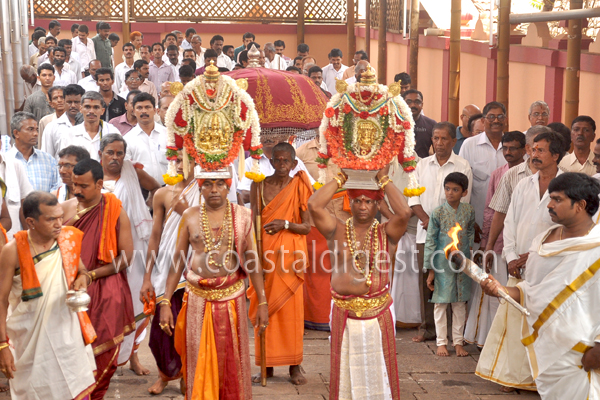
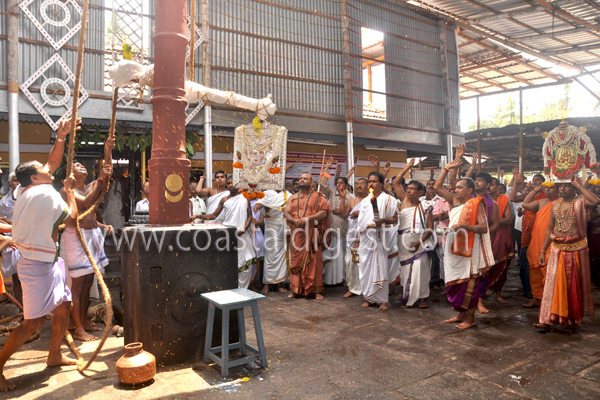
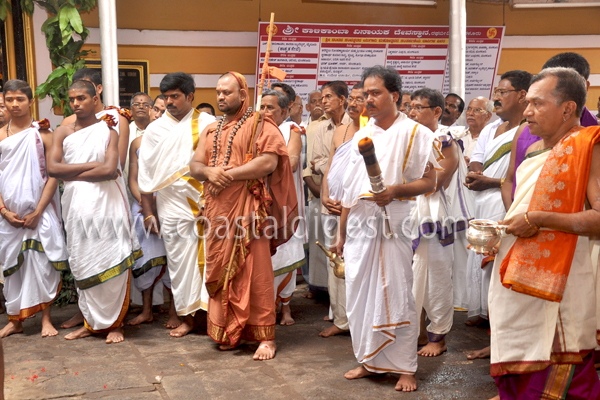

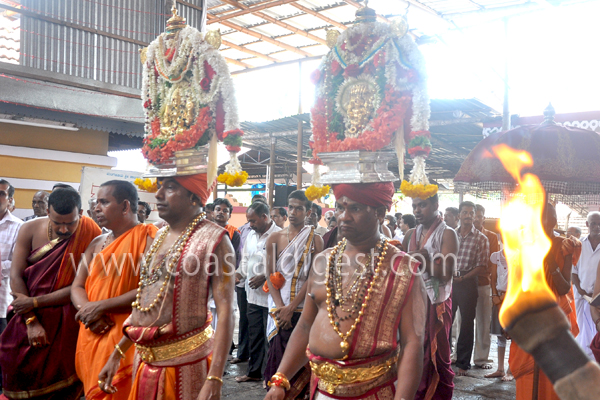
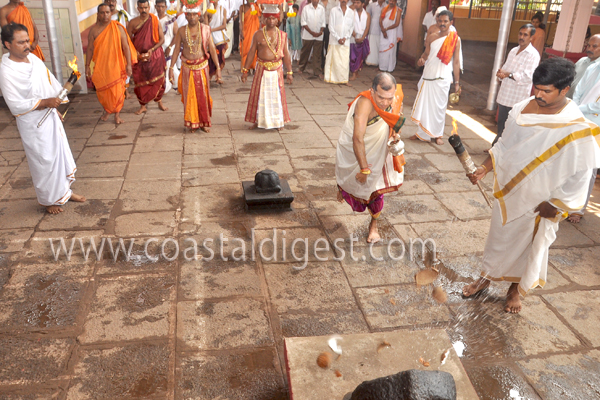
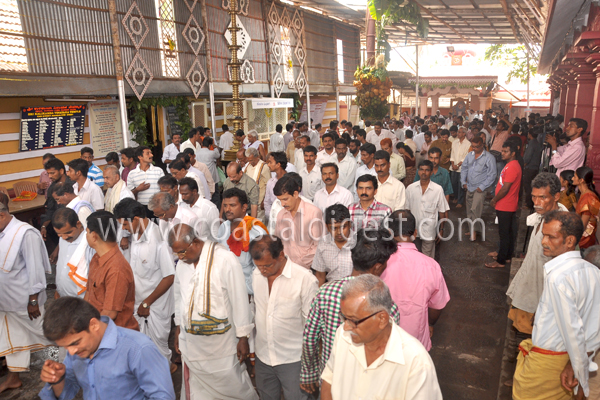

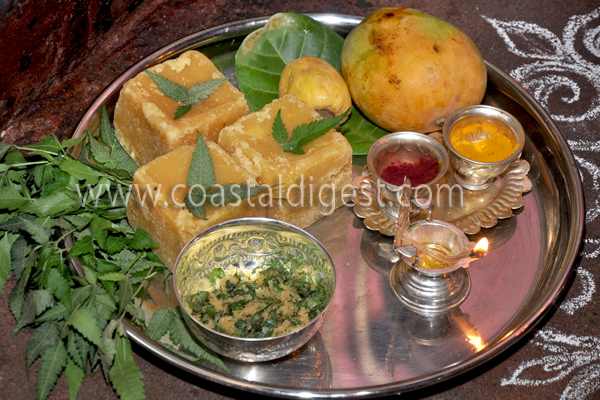







Comments
Add new comment